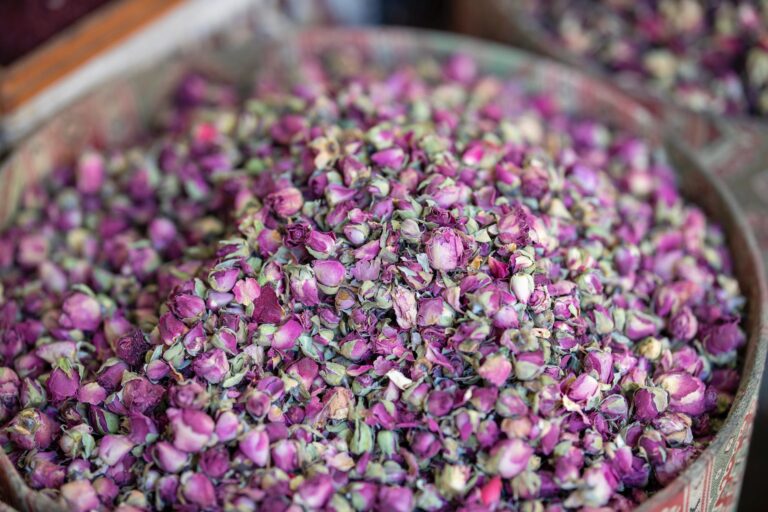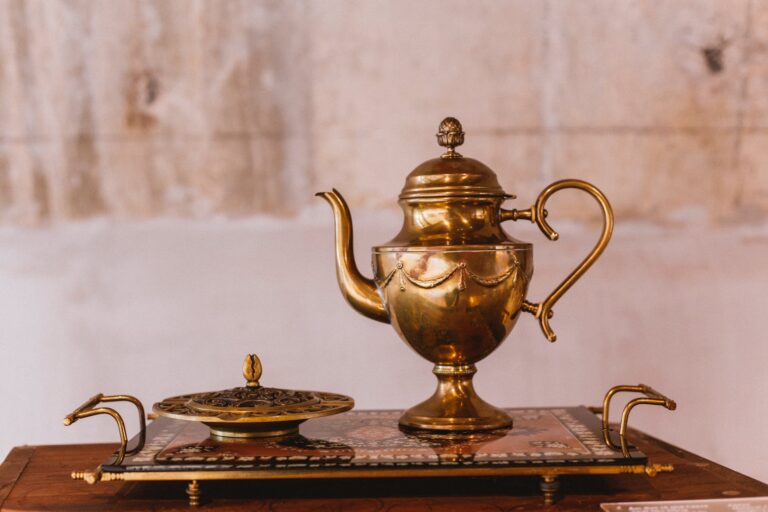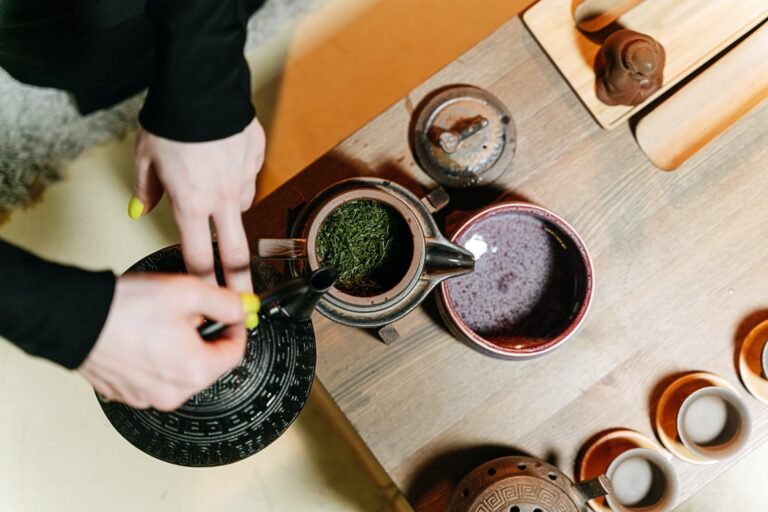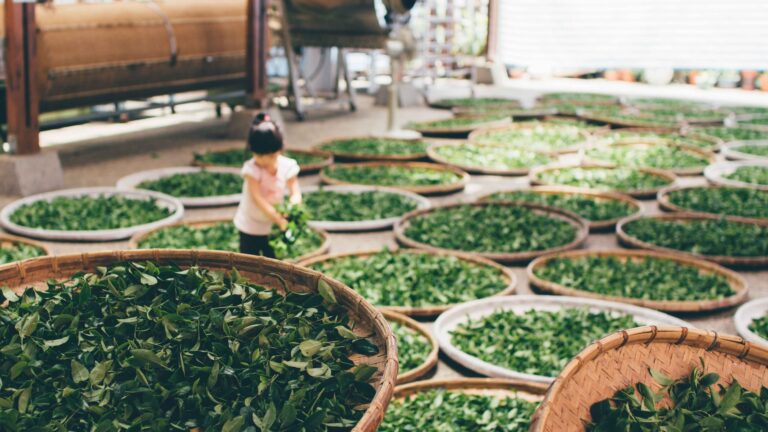Crafting Flavors: A Look into Hand-Rolled Tea Techniques
Introduction
In a world where quick solutions and automated processes are the norms, the ancient art of hand-rolling tea emerges as a beacon of tradition, meticulous skill, and unparalleled quality. Hand-rolled teas, distinguished by their elaborate shapes, robust flavors, and aromatic nuances, represent more than just a product of detailed craftsmanship. They embody an art form steeped in rich history and deep cultural roots. This article embarks on a journey through the intriguing process of hand-rolling tea, uncovering the intricacies of the techniques, their influence on the tea’s flavor, and the profound cultural importance of this age-old practice.
The Essence of Hand-Rolled Tea
Hand-rolling tea is an exquisite craft that transforms freshly harvested leaves into diverse shapes, from elegant pearls to intricate spirals. This artisanal process, conducted by seasoned craftsmen, not only elevates the tea’s visual allure but significantly shapes its flavor and aromatic profile. The technique of rolling, the pressure exerted, and the duration of the process all play vital roles in determining the tea’s ultimate essence.
History and Cultural Significance
Hand-rolling tea is steeped in history, tracing its origins back several centuries, predominantly in China. This tradition gradually spread to other tea-growing regions, such as Taiwan and India, each cultivating its unique style of hand-rolling, reflecting the local customs and the distinctive characteristics of their regional tea varietals. This craft transcends mere beverage preparation; it symbolizes a cultural ceremony, capturing the essence of the people’s history and their deep-rooted traditions.
Deep Dive into the Hand-Rolling Tradition
The art of hand-rolling tea is a legacy passed down through generations, often closely tied to the families and communities where it originated. Each region, each village, even each tea garden, may have its own signature style of hand-rolling, contributing to the diversity within the hand-rolled tea varieties. In many cultures, these techniques are regarded as guarded secrets, revered and preserved with great honor.
The Artisan’s Realm: A Day in the Life
A day in the life of a tea artisan is a testament to dedication and precision. From the early morning hours in the mist-covered tea fields to the late evenings in the processing areas, artisans invest not only their time but also their hearts in every step. The hand-rolling process is often a communal activity, where knowledge and stories are shared, reinforcing the cultural fabric of the tea-producing communities.
The Artisan’s Tools and Techniques
The primary tool in hand-rolling is the artisan’s own hands, refined through years of practice. However, additional tools like wooden boards, cloths, and bamboo mats may be used to assist in achieving the desired shapes and textures. The techniques vary widely, from gentle rolling motions to more vigorous kneading, each method imparting a distinct character to the tea.
The Influence of Terroir on Hand-Rolled Teas
The terroir, or the environment in which the tea is grown, plays a significant role in the quality of hand-rolled teas. Factors like altitude, climate, soil composition, and even the biodiversity of the region influence the characteristics of the tea leaves, shaping their flavor, aroma, and suitability for certain hand-rolling techniques.
Step-by-Step: The Hand-Rolling Process
The first step in creating hand-rolled tea is harvesting, where the leaves are carefully selected and plucked, typically comprising the bud and the first few leaves. This is followed by withering, where the leaves are spread out to reduce moisture content, making them pliable for rolling. The rolling process then begins, with artisans skillfully manipulating the leaves to break down the cell walls, releasing essential oils and enzymes crucial for flavor development.
Oxidation: The Heart of Flavor Development
Following the rolling phase, the tea leaves enter the crucial stage of oxidation. This phase is the alchemy of tea-making, where the leaves undergo a natural chemical reaction when exposed to air. The level of oxidation significantly influences the color, aroma, and flavor profile of the tea. Artisans skillfully manage this process, determining the exact duration and conditions under which the leaves oxidize. This expertise is what differentiates a green tea with minimal oxidation from an oolong with partial oxidation or a fully oxidized black tea. It’s a meticulous balancing act where the tea’s essence is either preserved or transformed.
The Final Touch: Firing and Drying
The drying or firing stage is the final step in the tea-making process. This stage is critical as it stops the oxidation, sets the flavor, and determines the tea’s shelf life. Artisans use various methods such as sun-drying, pan-firing, or oven-drying to achieve this. Each method imparts a different characteristic to the tea. For instance, pan-firing, commonly used in Chinese green tea production, gives a slightly roasted flavor, while sun-drying, used in making white teas, preserves a more delicate taste.
Varieties of Hand-Rolled Teas
Hand-rolled teas come in a myriad of forms, each with its distinct flavor profile and appearance. Some notable varieties include:
- Dragon Well (Longjing): A renowned Chinese green tea, recognized for its flat, sword-shaped leaves and a smooth, slightly sweet flavor.
- Tieguanyin: A premium variety of Chinese oolong tea, known for its tightly rolled leaves and a rich, complex flavor profile.
- Silver Needle (Baihao Yinzhen): A delicate white tea from China, consisting of only the unopened buds, hand-rolled to preserve their slender shape and gentle, subtle flavors.
The Skill of the Artisan
The art of hand-rolling tea is a skill honed over many years of practice. It requires an intuitive understanding of the tea leaves – their texture, moisture content, and resilience. The artisan’s hands become instruments of precision, gently yet firmly molding the leaves, respecting their natural structure while coaxing out their flavors and aromas. This mastery is often a blend of inherited knowledge and personal experience, making each artisan’s tea unique.
Sustainable and Ethical Practices
Artisanal tea production is deeply rooted in sustainable and ethical practices. The hand-rolling process is inherently eco-friendly, relying more on human skill and traditional techniques rather than machinery and chemicals. This approach not only preserves the environment but also ensures the health and well-being of the workers. Moreover, hand-rolling tea supports small-scale industries and local communities, often providing fair wages and upholding ethical labor practices.
The Modern Tea Experience
In the contemporary tea landscape, hand-rolled teas have carved a niche among aficionados and casual drinkers alike. These teas are celebrated not just for their superior quality but also for the story they tell – a story of tradition, craftsmanship, and a deep connection with nature. They offer a sensory journey, inviting tea enthusiasts to savor not just a beverage but an experience, a piece of history, and a work of art.
Conclusion
Hand-rolled teas stand as a testament to the artistry and dedication of the artisans who create them. Each leaf, with its unique shape and flavor, is a reminder of the human touch in a world increasingly driven by automation. As we enjoy these teas, we partake in a ritual that spans centuries, connecting us to the past while offering a moment of tranquility in our busy lives. The craft of hand-rolling tea is not just about preserving a tradition; it’s about celebrating the harmony between human skill and nature’s gifts, one cup at a time.






